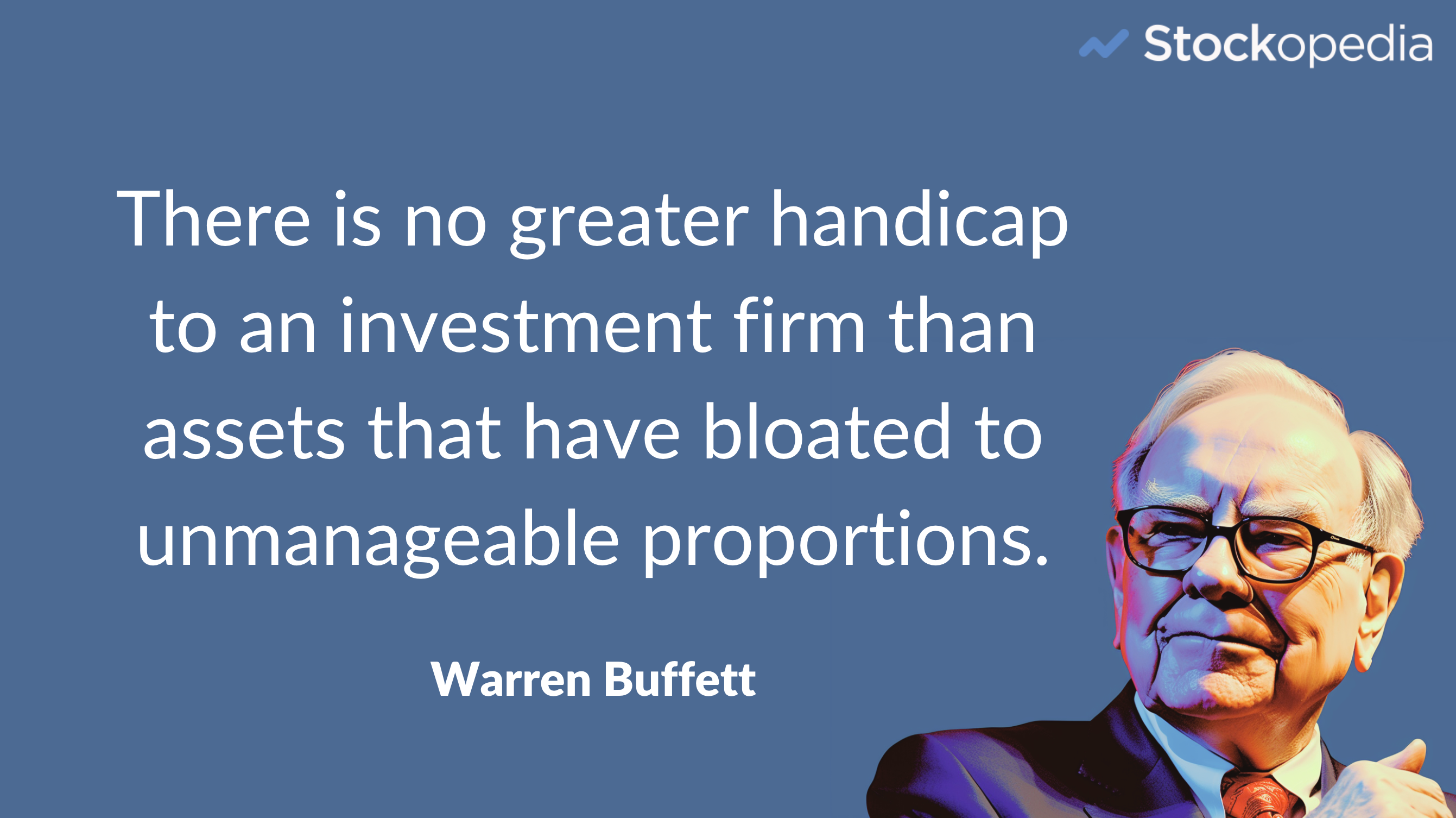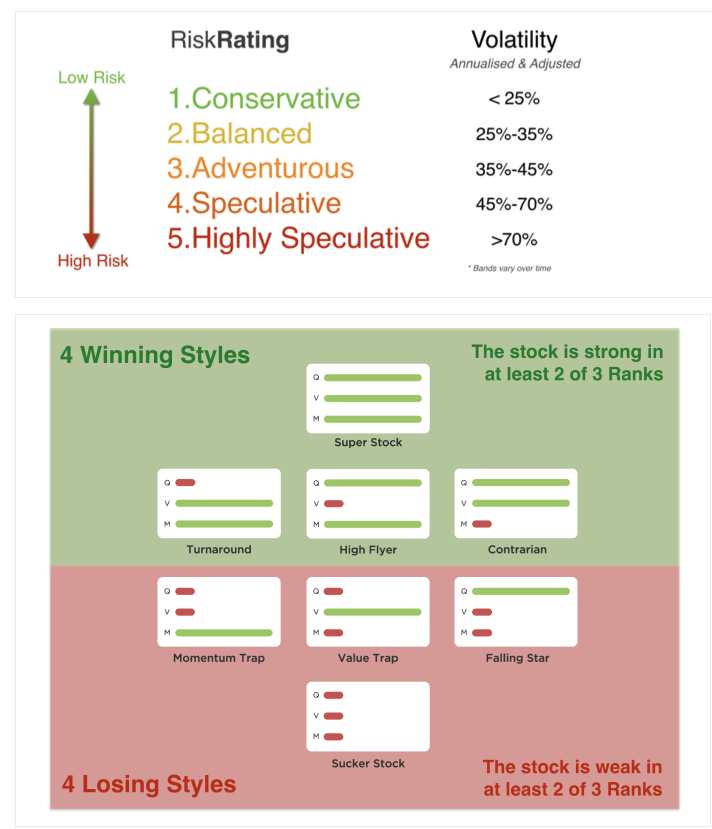Choosing a portfolio of stocks can seem like a daunting task, especially if you're new to the process. So many thousands of listed companies, so little time. Maybe you’ve years of experience but have struggled to bring consistency to your results. In either case, the key is understanding what pays off in the stock market, selecting a strategy that works for you, and having the discipline to stick to it.
Richard Rumelt, author of the excellent “Good Strategy, Bad Strategy”, once said “a strategy is a set of coherent actions designed to meet a challenge.” The challenge for most investors is developing a plan that not only meets their goals but also aligns with their routines, psychological traits, and tolerance for risk.
Over the coming weeks, we'll be introducing you to a range of proven stock market strategies curated from the classic literature of the genre. We’ll be assessing what it takes to implement each style and help you self-assess whether they might fit you.
This introductory article lays out a master framework I’ve long used to make sense of seemingly conflicting strategies. Consider it a “Strategy Map” to help navigate the terrain.
Can you really beat the market?
It’s true that active, institutional fund managers often have a difficult time beating the market. Fund managers, on average, underperform by the aggregate level of their fees each year and because cash balances they hold act as a drag on performance. It would be impossible for the arithmetic to settle any other way.
But that doesn’t stop them trying. Many active managers do beat the market in a typical year, but in their effort to join the winning group, they chop and change their holdings. All this portfolio turnover generates price volatility in the market, providing great opportunities for smaller, more nimble, investors.
Institutional investors have become too large. Most funds run hundreds of millions, or billions of dollars in investment funds. When they buy and sell shares, they do so in size. Their movements are like whales moving through the market sea. As a small investor, you can take advantage of the pricing inefficiencies they leave in their wake. And what’s more, you can capitalise on the significant opportunities they leave in smaller companies that are too illiquid for them to efficiently price.


Unlock the rest of this article with a 14 day trial
Already have an account?
Login here









